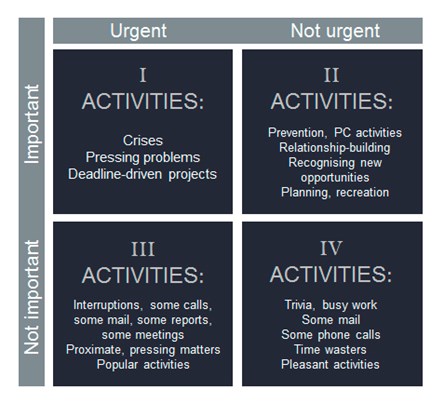
In 1909 Harry Selfridge recognised the importance of the shop window display as a way to entice passers-by into his shop. Chief audit executives (CAEs) are also window dressers, accountable for how the audit message is presented to stakeholders. Is your window enticing? Is it engaging or is it overlooked on the way to something more interesting?
This briefing paper discusses the presentation of audit results, everything from the use of gradings, the language of recommendations and the use of technology. The intention, like Mr Selfridge is to provoke a reaction and perhaps offer an alternative way of thinking about the audit window front.
Standing out
Companies spend millions to ensure that their product is the one you buy, the advert you remember, the one you recommend to friends. Internal audit does not have a product to sell in the traditional sense but it does have a service to sell; not in monetary terms but in relation to its observations and opinion, agenda/reading time and engaging stakeholders in the value of assurance. The quality of the internal audit service is often judged by the report.
Take a moment to think about your own reading list, how do you prioritise it, are there reports that someone has taken the time to prepare that you haven’t read? Time management skills tell us that of the four quadrants in the table below to tackle I as a priority, schedule time for II, delegate or defer III and delete or avoid IV.

It is essential that internal audit results are delivered in a manner that ensures they are always in box I not because they are important but because the recipient is engaged with the audit process and automatically puts them there.
Larry Sawyer, the father of internal audit, is attributed with saying…
"People will sit up and take notice of you, if you will sit up and take notice of what makes them sit up and take notice"
- Harry Gordon Selfridge